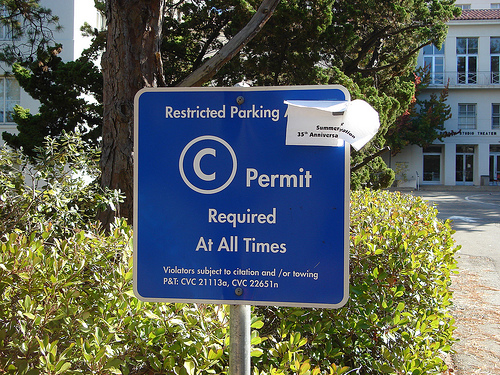Although the United States recently (and successfully, for the time being) shelved SOPA, Ireland now faces the same threat. Although U.S. detractors of SOPA had the luxury of attacking the bill as it made its way through Congress, Irish supporters of a free Internet find themselves with less opportunity to object – and much less time.
Ireland’s version of SOPA is not the equivalent of a Congressional bill; instead, it is a statutory instrument(SI), a piece of secondary legislation “made in exercise of a power conferred by statute.” What this means is that the legislation will not be considered by the Oireachtas, the legislature of Ireland, before passing into law. Instead, an emergency debate on the SI has been heard in the Dáil, the lower house of the Oireachtas.
A brief history of “Ireland’s SOPA:” In EMI Records v. UPC Communications, the High Court of Ireland determined that “Ireland is not yet fully in compliance with its obligations under European law.” As per the court’s analysis, European law requires the provision of injunctive remedies against internet service providers who facilitate copyright infringement, and such remedies are absent in Irish law. The proposed statutory instrument is being shepherded by Sean Sherlock, Minister for Research and Innovation of the Department of Jobs, Enterprise and Innovation. The SI would amend the Copyright Act of 2000, giving the judiciary broad powers to grant injunctions against “intermediaries,” such as ISPs, forcing the blocking of target websites.
The Internet Service Providers Association of Ireland has issued a letter objecting to the SI, and TJ McIntyre has posted a FAQ describing what is known about the text of the new instrument (not much, but he includes language from a previous draft) and what the implications of its passage may be. In a nutshell, Ireland’s SOPA may allow courts, when petitioned by copyright owners, to order ISPs and other “intermediaries” to block access to infringing content. He has also commented on the inadequacy of an emergency debate as a substitute for true deliberation.
In some ways this proposed SI is more insidious than SOPA – the provisions of SOPA allowed opposing groups to understand, to a point, how the legislation worked, and what it might allow copyright owners to demand. This SI does not define what the judiciary may order in any injunction, nor does it say what may not be ordered. Uncertainty and a lack of transparency is a large part of the argument against the SI.
During the debate, a number of deputies voiced the concerns noted by Mr. McIntyre and others – notably, the vague language of the SI, as well as potential negative effects on smaller ISPs and sites that post user-generated content. One of the centerpieces of Minister Sherlock’s defense was the idea that the SI “clarifies” preexisting policy – that the EMI v. UPC ruling: (1) exposes Ireland to legal action for alleged non-compliance with European law, and (2) the SI simply closes the hole exposed by the High Court ruling, rather than creating a new remedy for copyright owners. He also emphasized that there are no plans to change the wording of the SI, and that there are no plans to delay its enactment.
Despite the real – and significant – differences between the proposed SI and SOPA, they both seek an expansion of governmental power to control what is available on the Internet, and they both do so in a manner that leads to legitimate objections including: overly broad remedies for copyright owners at the expense of the public interest; the imposition of burdensome costs on ISPs and other intermediaries; and a chilling effect on Web-based innovation, creativity, and business founded in legal uncertainties.
More information about a petition to stop “Ireland’s SOPA” here.


